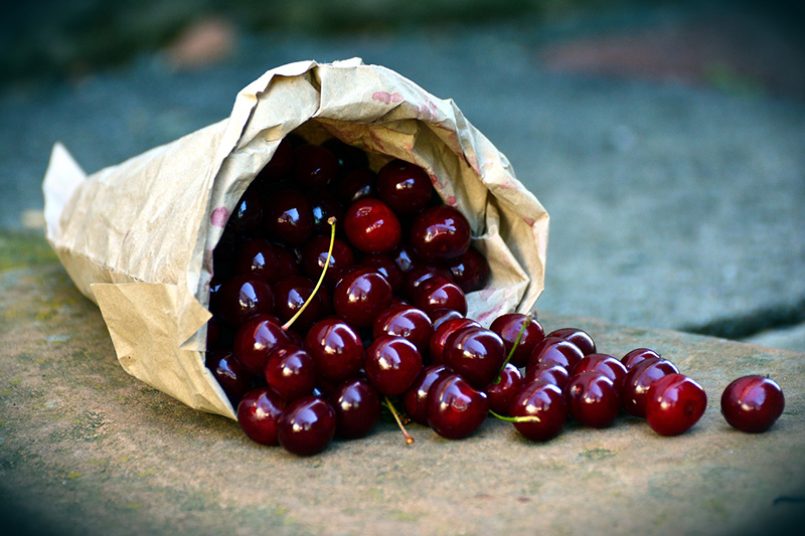
Many jurisdictions across the globe consider circular economy as their principal strategy in their climate action plan, which aims to reduce emissions in the short-term and eventually reach to net-zero emissions. The creation of a sustainable and resilient future requires the adoption of clean technologies and resource efficient technology development that underpin a circular economy as opposed to the current linear economy. The food packaging market is saturated with inexpensive, single-use, and petroleum-based polymers. Only a small fraction of such packaging materials are recycled, which leads to spillover in the environment and accumulation in landfills, causing a substantial ecological challenge. Thus, increased environmental concerns in combination with consumer demands for greater quality and longer shelf-life of food products spurs the need for the development of biodegradable, compostable, or recyclable packaging materials.
Incorporating antimicrobial agents
In this space, paper packaging is the front runner. Unfortunately, the replacement of plastic packaging with regular paper designs typically reduces the shelf stability due to its inadequate barrier performance. Hence, surface coating with bio-based polymers is an emerging approach to confer the desired barrier properties to papers. The new review aims to provide a critical and comprehensive overview of the most impactful and important advancements in improving the barrier properties of sustainable polymer-coated paper packaging systems. Also, developing active paper packaging materials by incorporating antimicrobial agents in coatings as an attractive option for protecting food from spoilage and extending shelf-life is outlined. Biodegradability aspects, as well as future trends and opportunities of sustainable paper packaging platforms are also emphasised.







